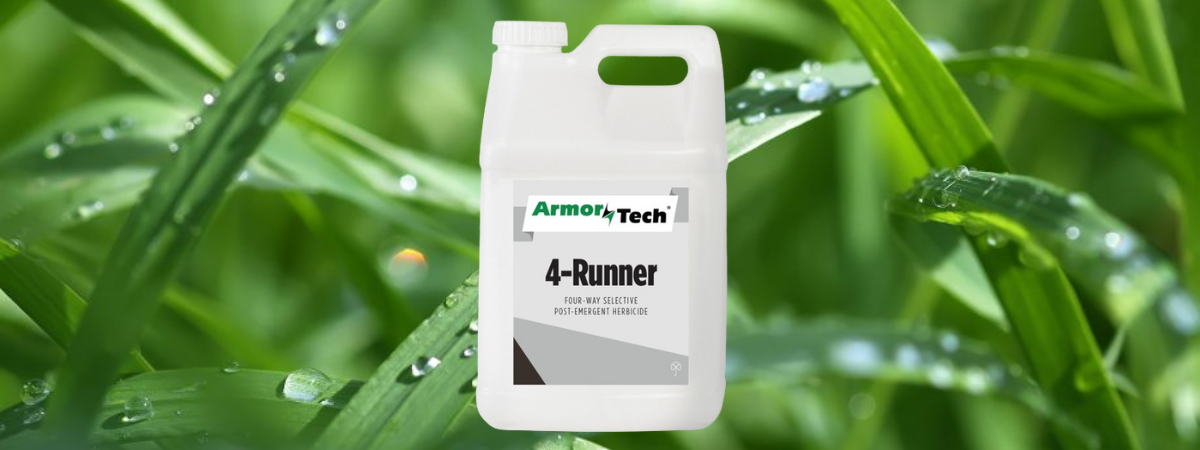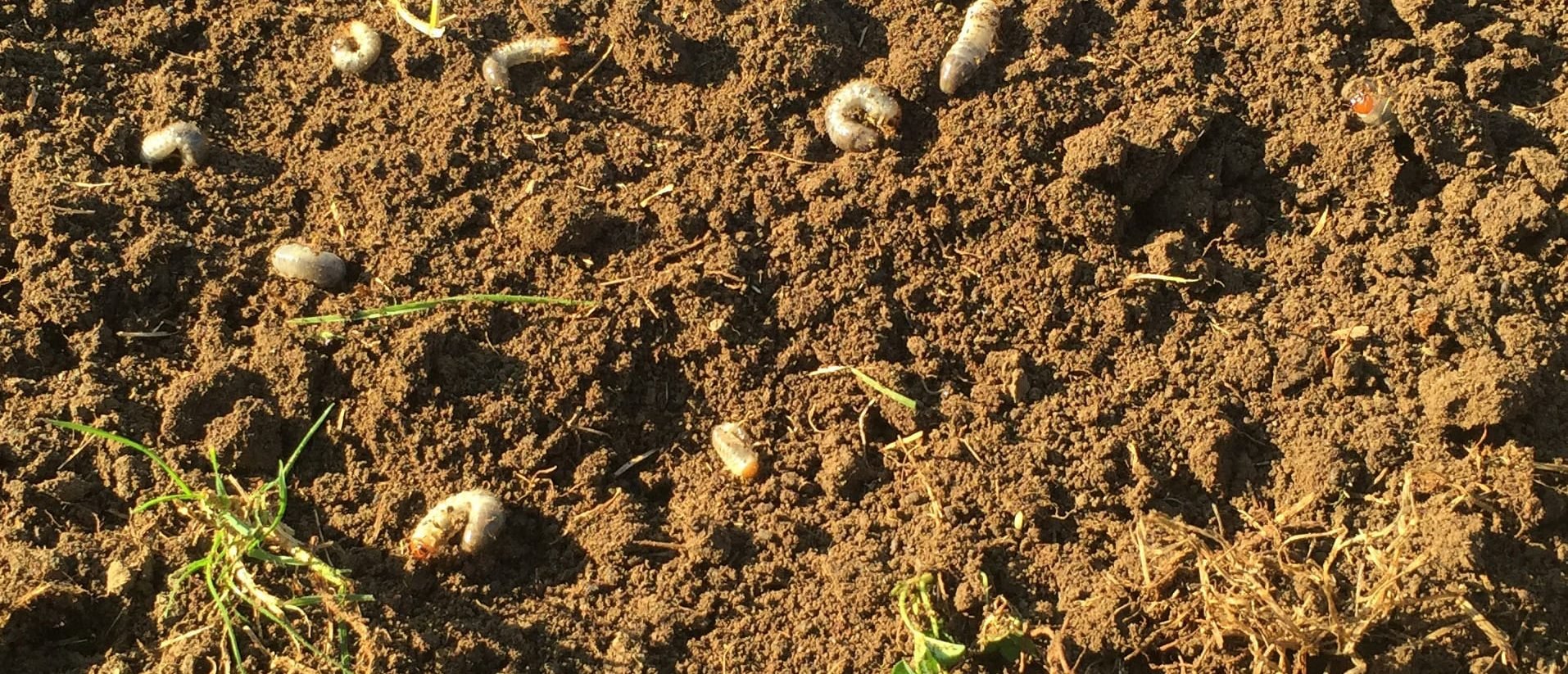Crabgrass is a common lawn invader. Stop the invasion before it starts with pre-emergents. In the crabgrass pre-emergent video and transcript below, featuring Advanced Turf Product Development Manager Mark Sybouts, learn how to prevent crabgrass infestations with pre-emergent herbicides.
Video Transcript
Hello, everyone. I’m Mark Sybouts, Product Development Manager for Advanced Turf Solutions. In this video, we’re going to talk about how to prevent crabgrass infestation with pre-emergent herbicides. If you stick through the video, I’ll have five bonus tips for how to get effective crabgrass control at the end.
So, crabgrass what is it? It’s an annual grassy weed that tends to show up pretty early in the spring. We have two crabgrasses mainly here in Indiana, in the Midwest. We’ve got large crabgrass, what some people call hairy crabgrass, and we have smooth crabgrass. Now, the harry or large crabgrass is the dominant one and we’ll talk about that mostly.
When do they tend to show up? Early in the spring. They like the soil surface temperature to be about 55 degrees for about four days in a row. And you’ll start to see infestation. Usually, where you see it start is in bare areas in gardens, for instance, or in thin areas of turf like long the median edge by the cement, and south-facing slopes where it’s warm. That’s where you’re going to see crabgrass first start.
Now, crabgrass is very prolific, it can produce 150,000 seeds with one plant. So, you’re always going to have a problem with seeds being there present in the soil and a pre-emergent is going to give you that advantage of getting control before all those seeds take off and make a mess.
How do they work?
They work by making a layer on the soil surface after you make an application. And when that little seed starts to germinate, the little root starts to come out. It touches the chemistry and it absorbs it. And then that chemistry stops that crabgrass seed from growing and it dies.
Now, crabgrass control materials can be liquid or put on a granule. So, you have the chemicals that are available that go either on a fertilizer for instance, or on a granule it’s not a fertilizer, or they can be sprayed. Typically, we have three main products that are available to us as pre-emergent.
One is prodiamine. The other is dithiopyr or dimension. And then, I still see in retail lines, pendimethalin. But, we don’t see that very often in commercial lines of products.
So, those are your three active ingredients that are out there that are the mainline pre-emergent products available for you to use. There are advantages and disadvantages to all of these. For instance, I feel that prodiamine holds up under high moisture better early in the spring and can give you longer residual in that situation. But dimension or dithiopyr can also give you post-emergent control. It can kill crabgrass within a two or three-leaf stage. So, that gives you more flexibility to go later in the season if you miss out on your first applications.
Normally, you want to get your crabgrass control materials down, obviously, before the crabgrass seed germinates. But, not necessarily so early that you lose residual. So, you want to try to time it closer to the time when that crabgrass is going to germinate. Now, I understand when you have a lot of properties to cover that you don’t have time to get it all done in that short period. So, you want to go earlier and maybe stay with the higher rates, and that way you’ll get the residual you need.
So, let’s go ahead and talk about those five tips for good crabgrass control. Number one, calibrate your spreader. Make sure you’re putting out the right rate. There’s a few things you need to know when you calibrate. You need to know the swath width of your spreader. You need to know your speed, and you need to know your output. If you can calculate those three things, you’ll be able to put your setting and get the right rate on.
Number two, don’t cut the rates and don’t use a low rate product. Try to stay at the higher end of the crabgrass control rating. All right, that will help you with residual and get you control better into the summer. Under high-pressure systems, I think you should consider maybe a second round of a pre-emergent. Do another application, you know, 45 to 60 days later. However, you don’t want to do that if you’re going to do any overseeding in the fall because that could interfere with that. So, consider a second round. I also have people considering making spray applications of pre-emergent along the edges of driveways and medians. Places where the turf thins out and you get a secondary crabgrass infestation. That can really help you out a lot, too.
Number four, promote good lawn health. Make sure the fertility is good. Make sure that the property, if it has irrigation, is being used correctly, so you get good lawn health. Because one of the best preventatives with crabgrass is a healthy lawn.
Next tip is don’t mow it low. Mow it high. Three inches, four inches, get that mow height up. That makes your turf much healthier and helps it compete against the crabgrass. I know a lot of homeowners like to scalp their lawns but try to convince them not to do that.
So, with all those tips, what I’d like you to do is reach out to your local ATS representative. If you need any more information, go to our website. We have a rep finder on our website that you can help you find an ATS rep near you, or feel free to reach out to me, too. I’m available. So, anyway, have fun. Have a great spring.












